Introduction
On this page we have collected all the articles containing useful information for living the best and learning more about Cortina d'Ampezzo. From the seasonality, which constantly changes the face of Cortina, to many useful tips for parking the car, to the explanation of typical Ampezzo traditions, such as country festivals.
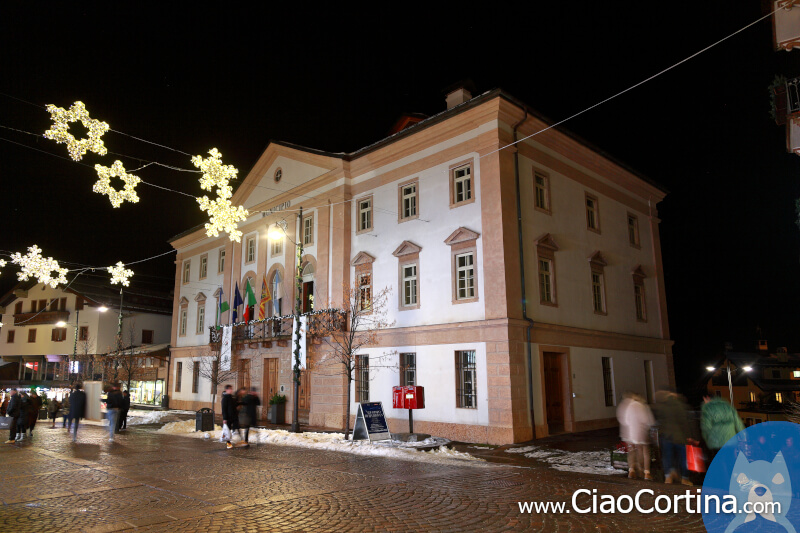
On this page are also collected some articles that we think are interesting or curious, either from the point of view of history or general culture.
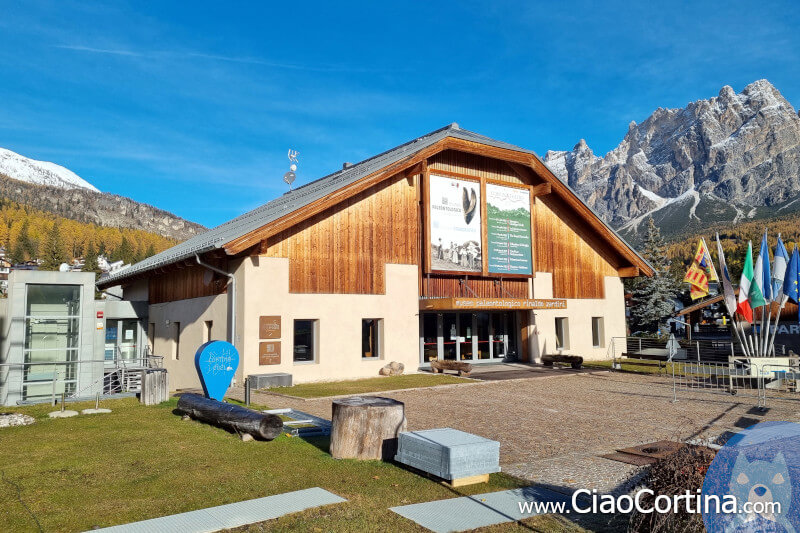
The recommendations you'll find on the various pages are written for tourists visiting Cortina d'Ampezzo for the first time, but you never know, maybe even regular visitors will discover something new.
The seasonality of Cortina
Cortina d'Ampezzo, like all touristic destinations, is a town affected by seasonality, with months of high touristic presence alternating with months of great tranquility.
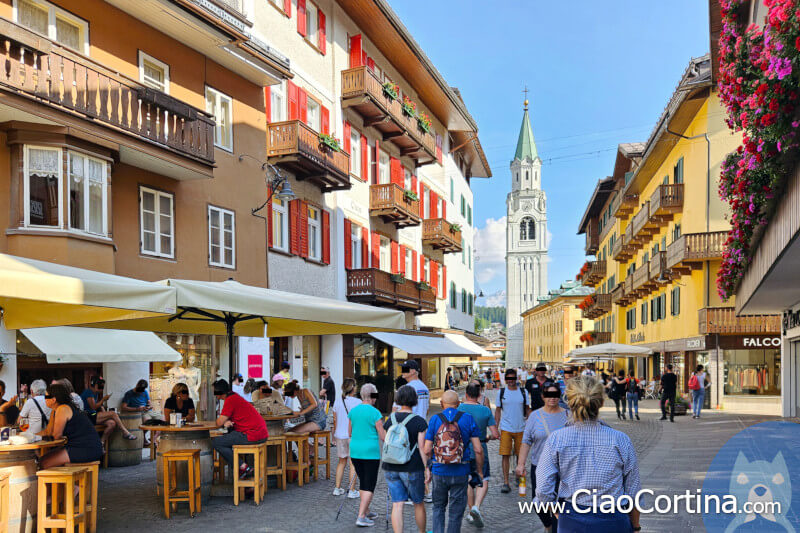
Depending on the time of year you decide to visit Cortina, you may find all the hotels full and a town as busy as possible, or a very quiet place, but with some stores and several hospitality facilities closed for the off-season.
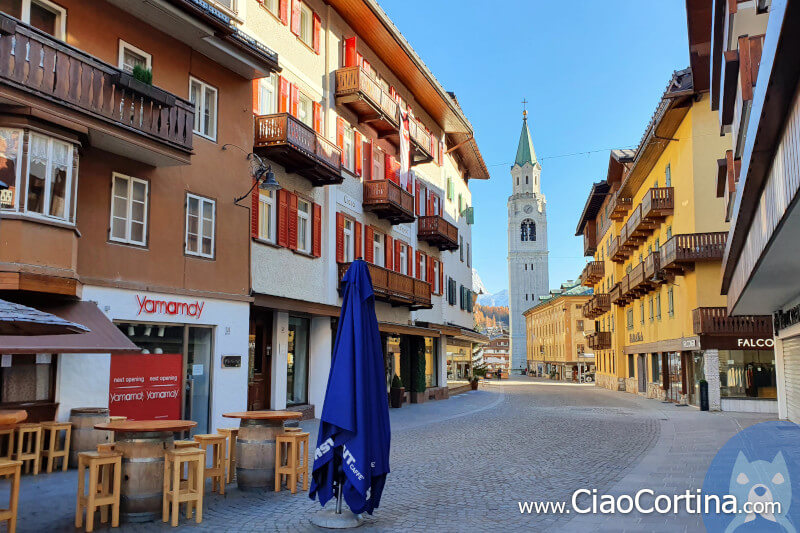
Each period has its positives and negatives. If you like tranquility and contact with nature, peak times should be avoided, while, if you like social life and hustle and bustle, you should come in the high season, such as Christmas or August. If you find this topic interesting, you can read our in-depth look at tourism flows below:
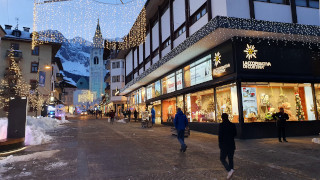

Parking in Cortina
Parking in Cortina is not easy, but in some moments of the year it really becomes a problem. There are many parking lots scattered around the town, more or less known. The main ones are quite large, but in some cases they are occupied by events, construction sites or maintenance work. There are also some smaller and less known places for parking, but they are not as near as those in the center.
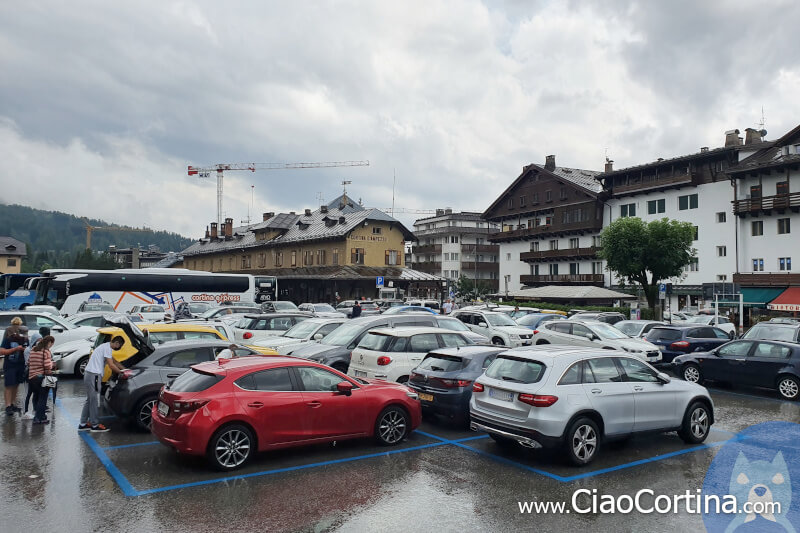
Parking in Cortina is not easy, so we recommend, when possible, to move around on foot, to avoid unnecessary time wasting and annoying searches. If you have to move your car, for example because you need to go to buy groceries, you may choose less busy hours, such as early in the morning.
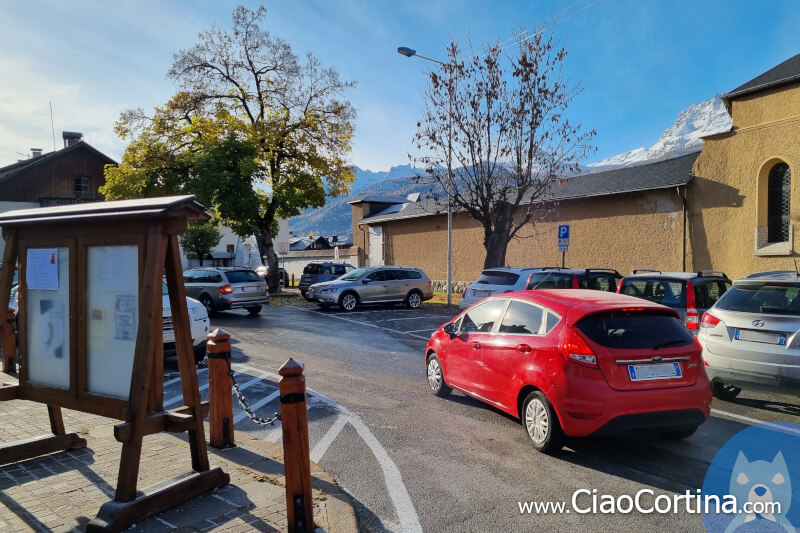
If you live far from the center of the town and you need to take the car, it will be better to do some advance planning. We recommend reading our article on where to park in Cortina d'Ampezzo, in which we describe all the parking lots, even the most secret ones. You can find it below:
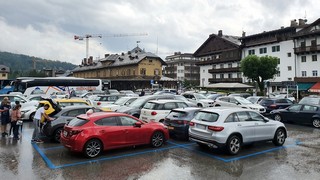
History of Cortina
Knowing the history of a place allows us to better understand its nature. The earliest trace of human activity in the areas of Cortina dates to about 6000 B.C. and was obtained through the discovery of the burial of a Mesolithic hunter near Mondeval.
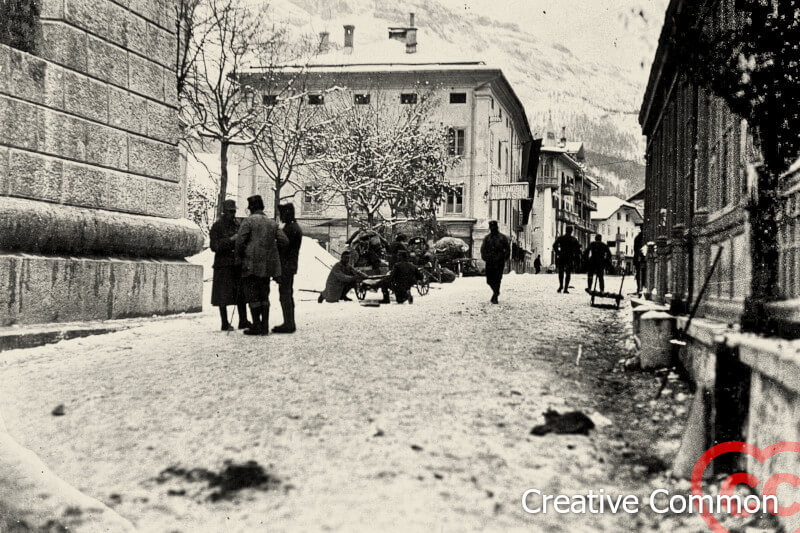
The first trace of habitation in Ampezzo dates back to about 1156. Since then the village has grown bit by bit into what we know today.
Cortina's history has gone through various sovereigns: from the Republic of Venice, to the Kingdom of Austria, and has known periods of peace as well as periods of war. Outposts, such as the Podestagno Fortress, have played major roles in safeguarding the territory.
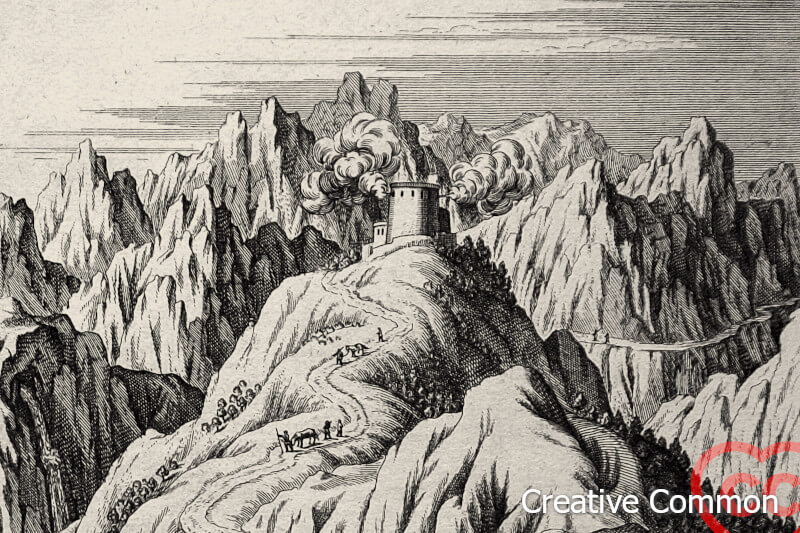
Entities such as the Regole d'Ampezzo made it possible to maintain a certain independence over the centuries from those who ruled over these lands. If this topic interests you, we invite you to read the page on the history of Ampezzo. You'll find it below:
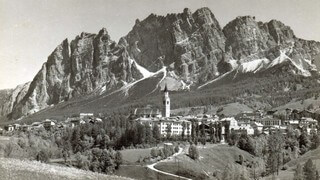

Geological history of the Dolomites
The Dolomites are unique geological formations in the world. First, they are among the very few light-colored mountains in the world. Second, they are one of the very few places in the world where the stratifications are so clearly visible. Finally, geologically, they have created nearly three centuries of headaches for scientists, to understand the origin of their formation.
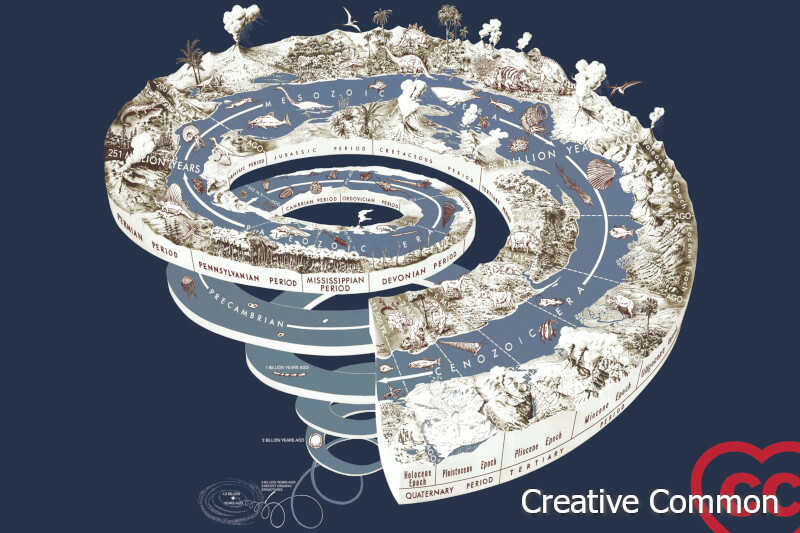
Although the formation process of Dolomite, the rock of which the Dolomites are composed, was known as early as 1700, no scientist has been able to reproduce it in the laboratory at room temperature, at least until 1995. If the subject fascinates you, and you want to know more about how the Dolomites were formed, we invite you read the page on the geological history of the Dolomites below:
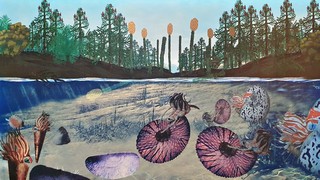
What are the six Sestieri of Ampezzo
The town of Cortina originally consisted of several districts which all belonged to the same municipality. These villages were called "Sestieri". Every Sestiere was coordinated by the boss of a "Sestiere", who was in charge of checking that everything was working properly, as well as bringing the complaints of the various hamlets to the municipality.
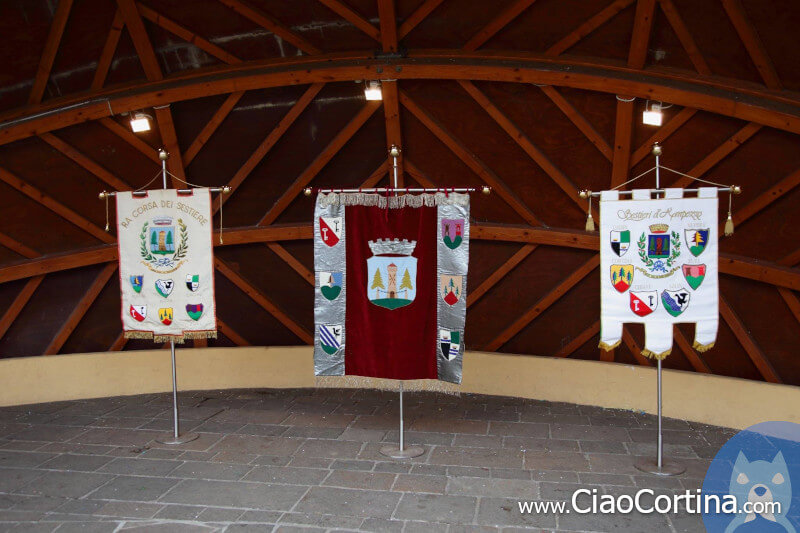
Over time the geographic subdivision became less and less defined, as the town increased in size and the various hamlets began to merge with each other.
With the arrival of fascism, the tradition of the Sestieri had almost completely disappeared, but it was decided to preserve it by creating a sports competition. Its purpose was to renew the spirit of belonging to a Sestiere using the competitive spirit. The winter cross-country palio was born.
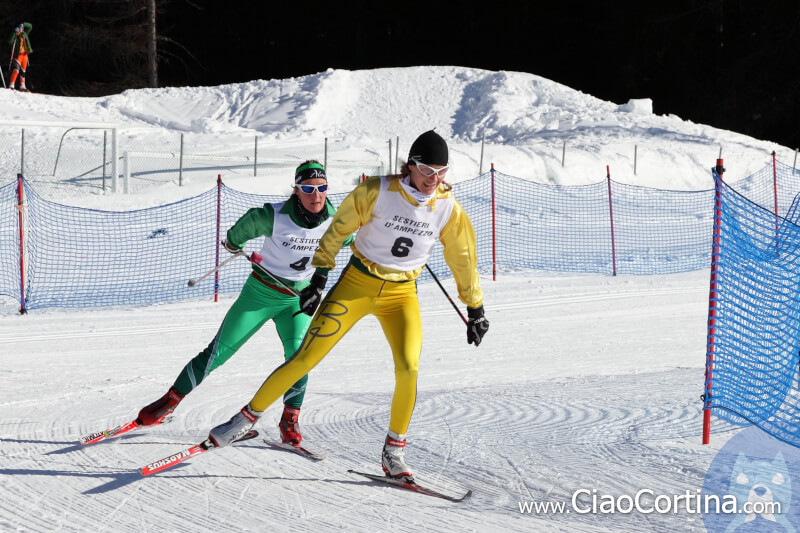
If you enjoyed the topic and would like to explore it further, please read the page on Ampezzo's Sestieri yesterday and today below:
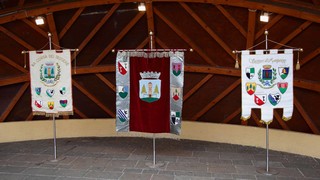

What are the country festivals
The country festivals of Cortina were one of the most characteristic events of the Ampezzo summer. There were six festivals, one for each district, where you could eat typical dishes, drink and have fun.
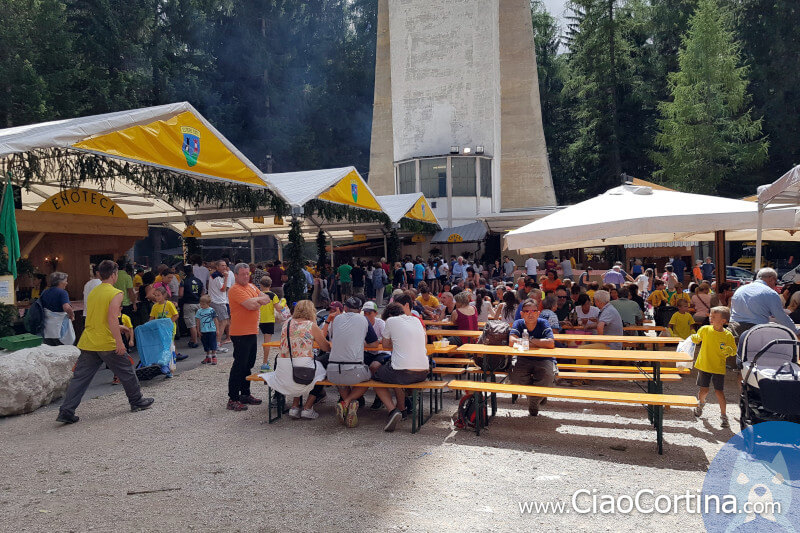
The country festivals were organized every year in each one of the six districts of Cortina. Over time, each festival assumed its own particular identity, from the more touristy to the more suitable for eating, up to the one where you can party a little more and let yourself go a little.
The reason we are using the past tense is because, after the Covid lockdowns and with the arrival of the 2026 Olympics, there are major changes expected in the future.
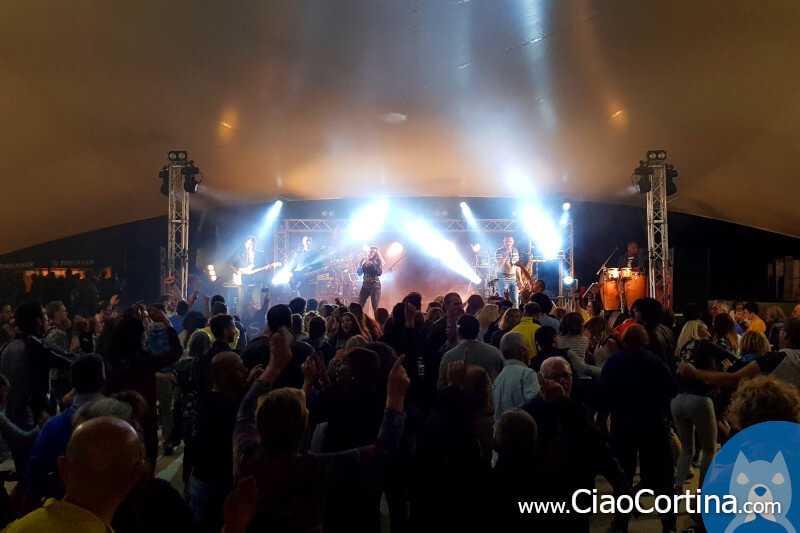
If the topic interests you, and you would like to explore it further, we have written a page where we explain the different country festivals, the origins of this tradition and the sports activities associated with them. You'll also find updated information on how the event will be organized in the future. All you have to do is read the page below:
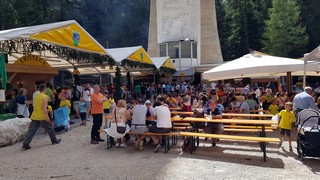
The bell tower of Cortina
Cortina d'Ampezzo bell tower has been erected on the remains of the old, rather anonymous, bell tower dating back to 1590, which had to be demolished due to a series of structural problems.
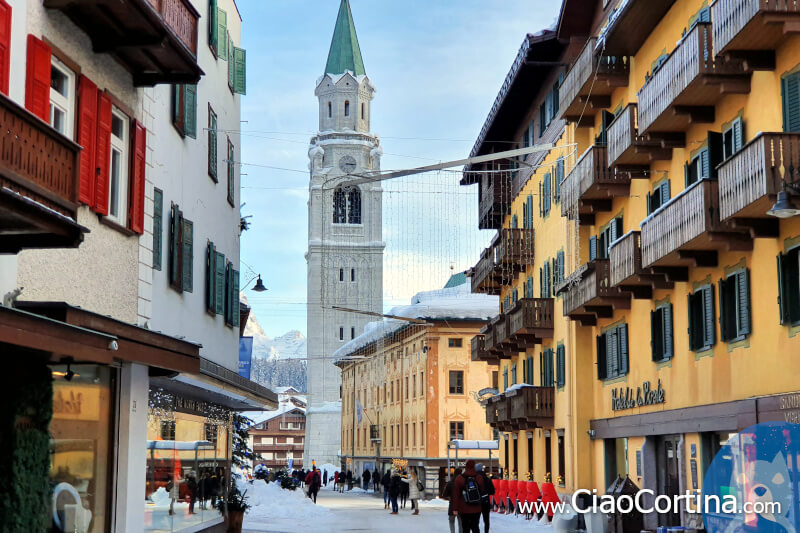
The construction of the new bell tower began in 1852 and has been well described in the excellent book "El Cianpanín, storia del campanile di Cortina d'Ampezzo" by Mario Ferruccio Belli and further approached in the book "Il campanile di Cortina d'Ampezzo, l'architettura del compromesso", by Giuliano Cilione. The only problem is that both books are written only in Italian.
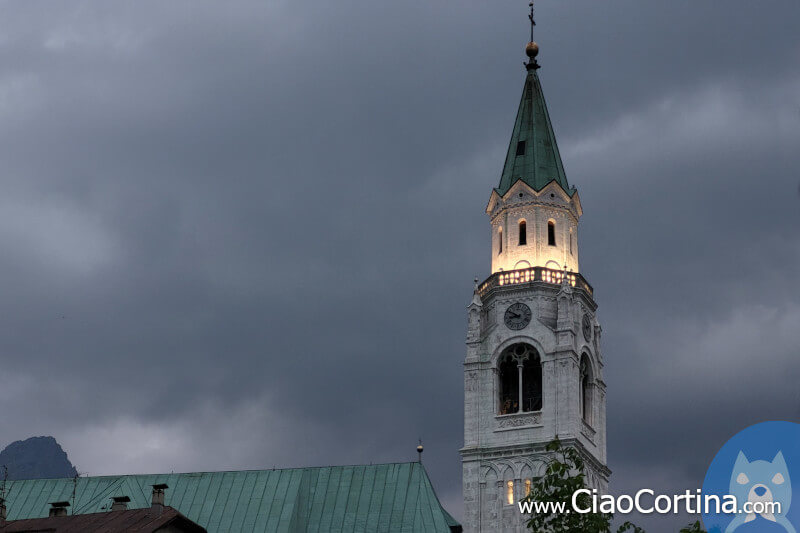
We took inspiration from the book, we translated it and supplemented it with other interesting facts, so as to give as much information as possible about the symbol of Cortina. The fruits of our labor can be read on our page on the Cortina Bell Tower. It can be found below:
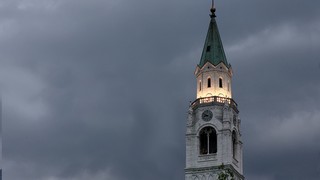

The Military Memorial of Pocol
The Military Memorial is the large stone tower visible looking west from the center of Cortina, in the direction of Pocol. It is an ossuary erected in 1935 by engineer Giovanni Raimondi, where are kept the remains of 9,707 Italian fallen soldiers, of whom 4,455 remain unknown.
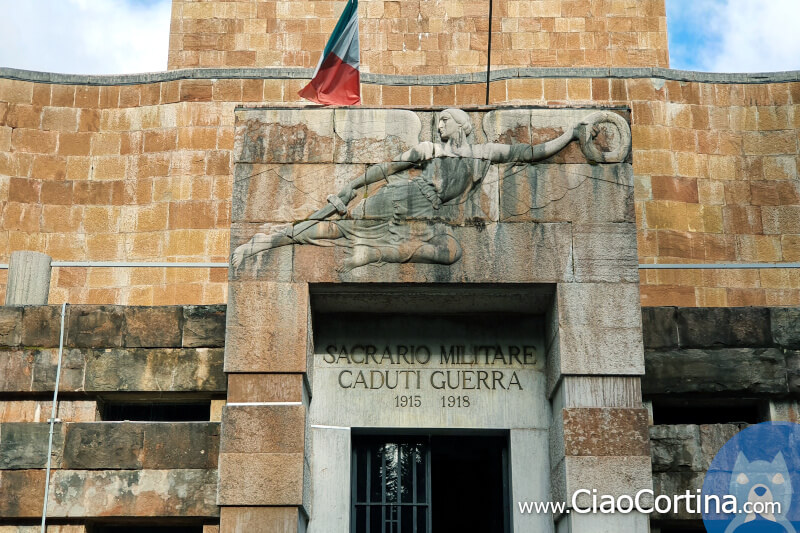
This is the most impressive memorial of the Dolomites. Visiting this ossuary gives the opportunity to visit a small outdoor war museum of great historical interest free of charge. Reading thousands of names of fallen soldiers evokes feelings that are difficult to describe.
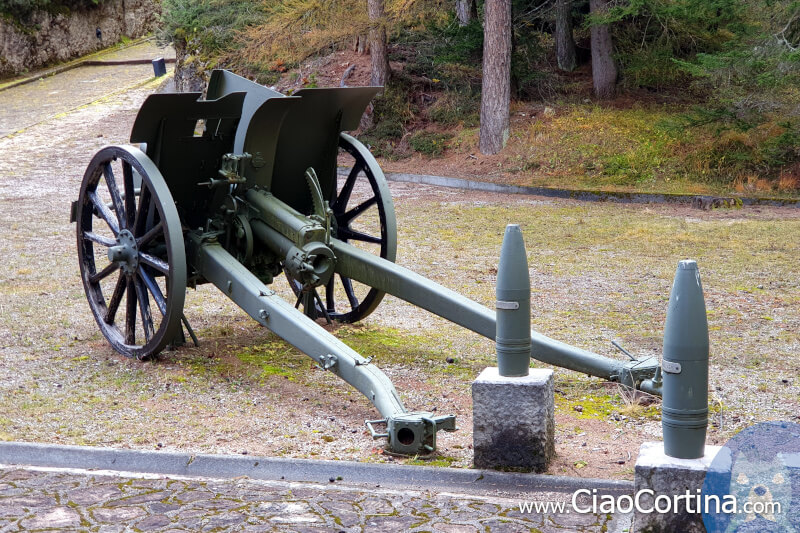
The shrine is open on working days, except Mondays, from 9 a.m. to 12 p.m. and from 2 p.m. to 5 p.m.. It can easily be reached by car, following the signs for "Passo Giau - Passo Falzarego". If you want more information on the Pocol ossuary, we invite you to read the dedicated page below:
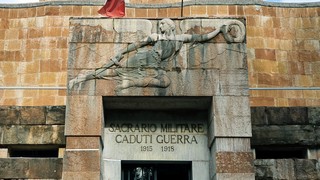
Native animals of Cortina
Cortina d'Ampezzo is a small natural oasis of Dolomite wildlife, all the species live in the Ampezzo Dolomites National Park. The park is one of the most beautiful nature reserves in the Dolomites and here lives more than 30 species of mammals, more than 100 species of birds and 16 species of amphibians, reptiles and fish.
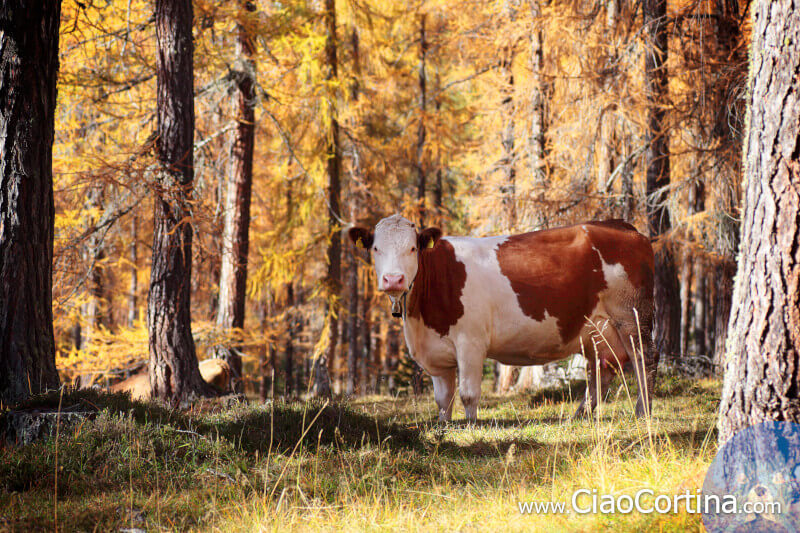
In the following article we are going to describe what animals you can meet in Cortina, divided by categories, from the largest to the smallest, from the most frequent to the rarest.
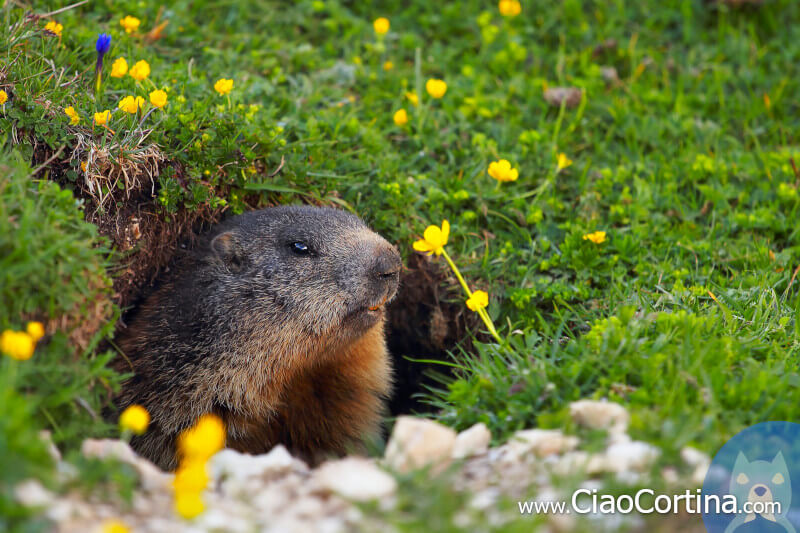
This is a light-hearted page, suitable for those who want to have an overview on the subject, but it allows you to delve deeper thanks to the presence of many links to Wikipedia, where you can study the Ampezzo fauna in more detail. It can be found below:
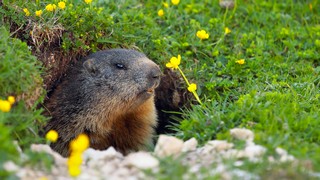
Other must read articles
This page is a collection of useful information about Cortina, but there are also other "must read" articles on our website.
The first article we recommend is a page about the things to do in Cortina in the different seasons. What to do in summer, in winter, if it rains and the things that should be seen in our town. You can read it below:
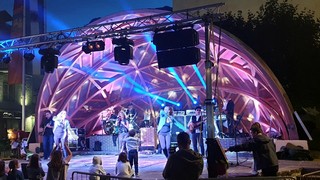
Another article we want to recommend is about the experiences you may do to experience Cortina at its best: Where to eat, have fun, party and practice sport. You can read it beneath:
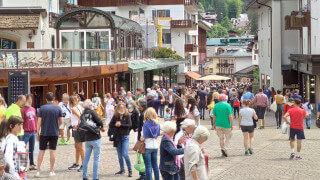
You may also be interested in things to do in the surroundings of Cortina, especially if your holiday is more than a few days long. In this case you should not miss the article below:
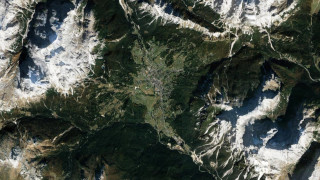
The last article we want to recommend is about the best hiking routes for your holiday's walks. If you are interested in this topic, you should click the link below:
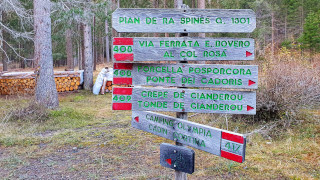
Conclusion
We hope you liked this page on the informative articles we have written about Cortina d'Ampezzo. Before saying goodbye, we would suggest you read our home page, with all the articles we wrote about Cortina d'Ampezzo.
If you want to thank us you can read the page Support us. If you only want to suggest a change, propose something or just say hello, in the section contacts and info you'll find all the ways to reach us.